THIS ARTICLE/PRESS RELEASE IS PAID FOR AND PRESENTED BY Nord University - read more
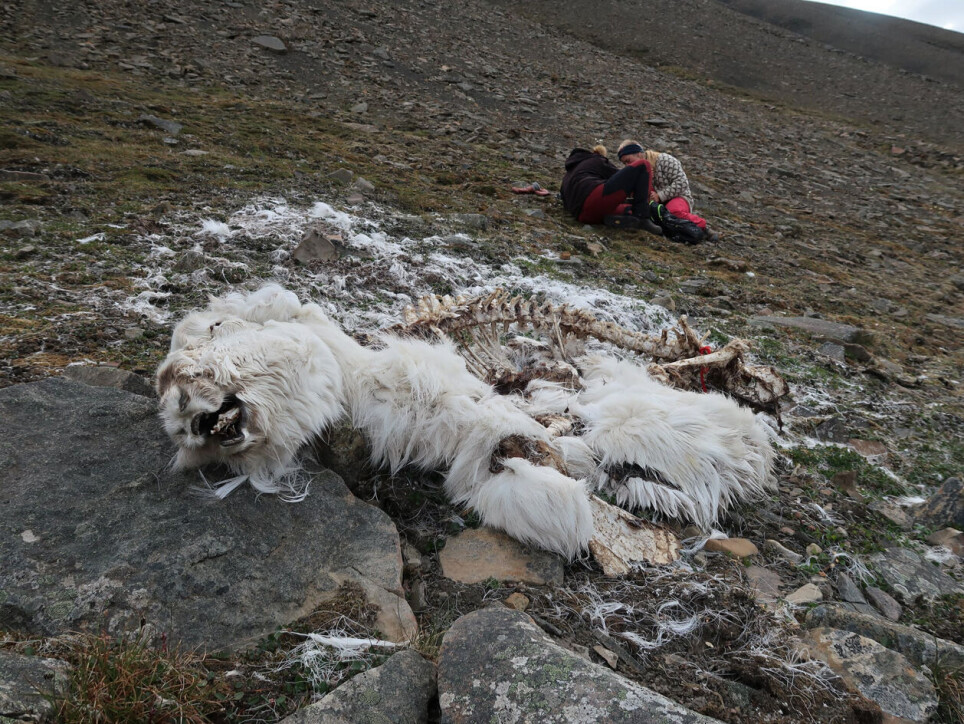
Rotten carcasses might be macabre, but they are great for biodiversity
There is a bright side to deaths in Adventdalen valley on Svalbard.
Sam Steyaert has a special passion. He is overly interested in death. Or to be more precise: he conducts research on the ecological effects of carcasses.
He is head of the research project called ‘REINCAR’, which is a contraction of the words ‘reindeer’, ‘reincarnation’ and ‘carcasses’.
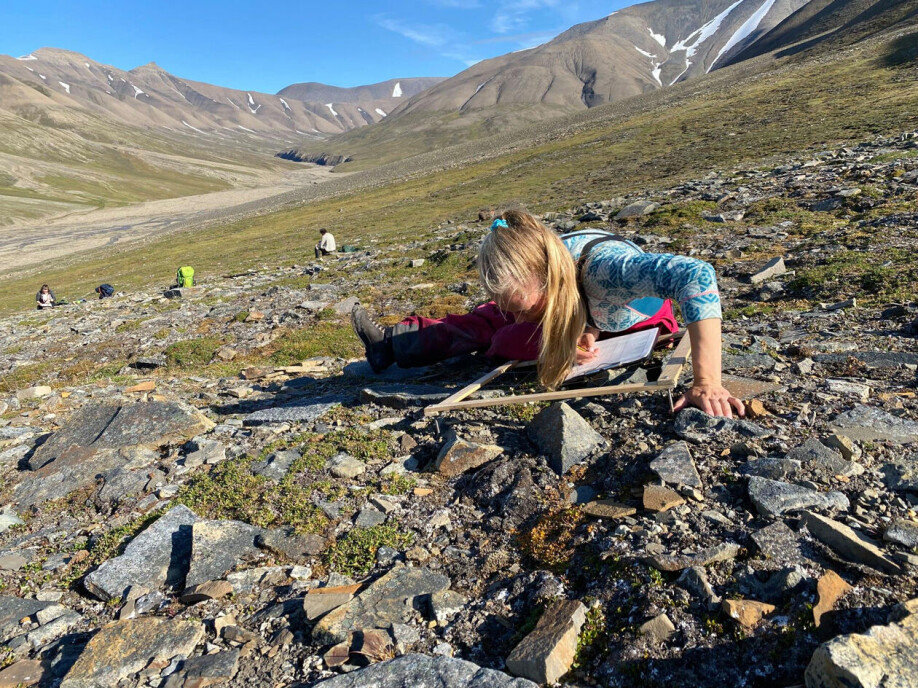
Different Attitudes Towards Carcasses
In the majestic surroundings of Adventdalen valley on Svalbard, Nord University Associate Professor Steyaert and a handful of other researchers have just completed a new season in the field. It is now time to analyse data and various soil samples.
“In certain European countries, it is common practice to remove carcasses from nature and dispose of them. Some of the arguments for doing this revolve around hygiene and the spread of disease. Another reason is so that people are not exposed to macabre sights and nauseating smells. In some ways, this is a real shame,” he says.
Steyaert believes it is important that ordinary people should get to see and experience ‘the bright side of death,’ as he calls it.
“It is a necessary and good thing that people get to see the positive side of leaving carcasses to rot away in their natural surroundings. A lot of life is associated with these carcasses, and they are a natural part of the ecosystem. Why remove them when they are actually a high-quality resource for many organisms?” he asks.
At the same time, however, he agrees that there are also good arguments for removing them. But we will come back to that.
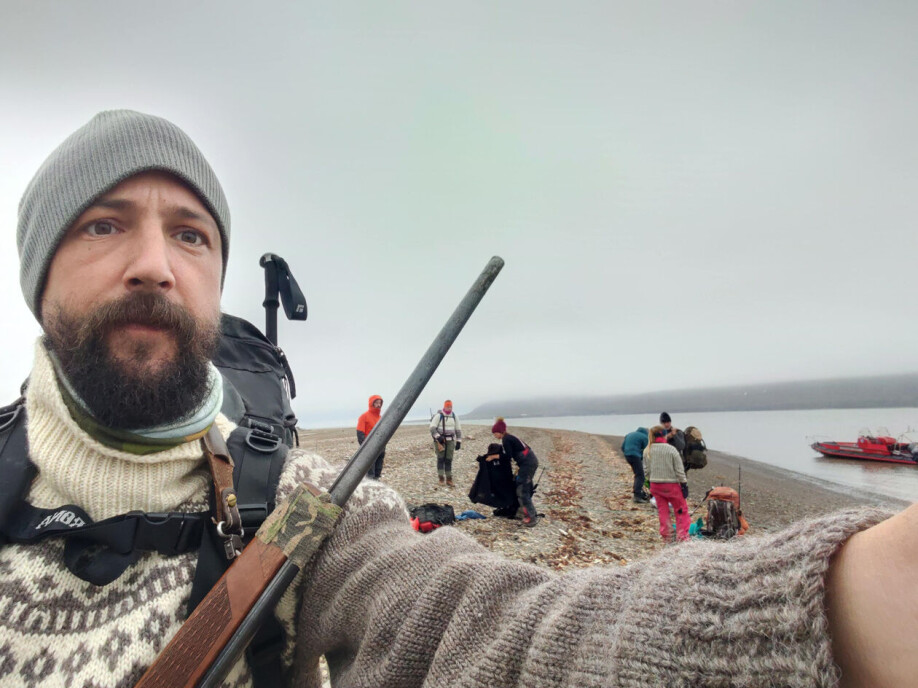
Horror on the Hardangervidda Mountain Plateau
A few years ago, the carcass-researcher ended up in the global media after an extremely rare incident occurred on the Hardangervidda mountain plateau. In 2016, a lightning strike killed 323 wild reindeer, and Steyaert dropped everything he was doing, gathered his team and established a research field at the site. The goal was to find out what type of ecological effects such a mass death of animals in such a small geographical area had on the surrounding vegetation and biodiversity.
He has not yet completed these studies, but he has now also focused his attention on Adventdalen valley on Svalbard in order conduct the same kind of research. The biggest difference is that the carcasses in Adventdalen valley are scattered over a large geographical area.
“On the Hardangervidda mountain plateau, we see a very strong effect on the vegetation. The area where the carcasses have been left is completely free of vegetation. In addition, we see that the vegetation is gradually growing back at the outer boundary in the form of moss and flowers.”
“On Svalbard, however, the setting is completely different. In Adventdalen valley, one can find carcasses and remains of bones pretty much everywhere in the landscape.
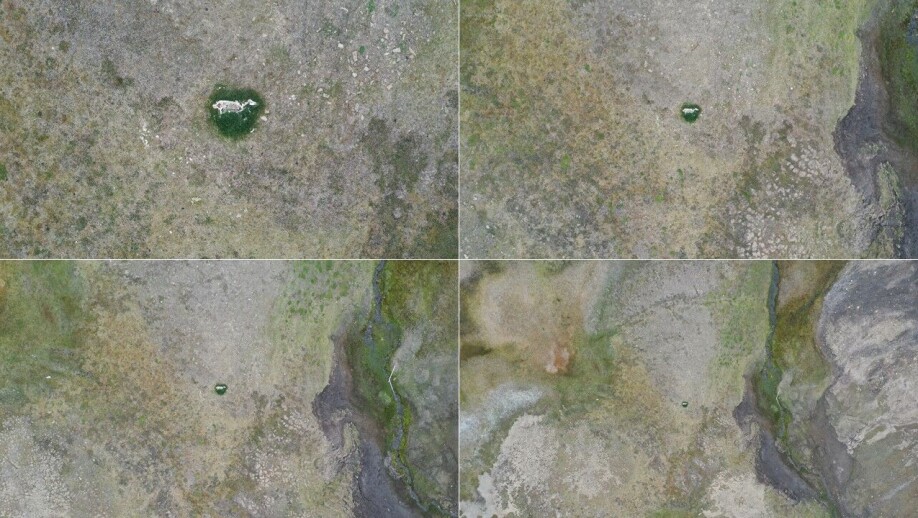
Carcasses and Gourmet Meals
So far, the work on Svalbard has mainly focused on vegetation responses. These are investigated both through traditional quadrat analyses and modern drone technology.
Associate Professor Jan Eivind Østnes is part of Steyaert’s research group, and explains that the number of carcasses can vary greatly from year to year in Adventdalen valley.
“Some years, when the ground is covered in ice so that the reindeer are not able to access enough nutrition, many of them die. This is what happened in 2019. According to the Norwegian Polar Institute, there were over 200 carcasses in the valley. In other years, there may only be a few new carcasses,” he says.
“But why is this so important to research?”
“Carcasses attract many different organisms, everything from microorganisms to plants, insects, birds and mammals. The reason is that dead animals are a gourmet meal of the highest quality that many organisms can benefit from.”
“This is interesting in itself, but we still don’t know enough about how much or the ways in which the carcasses are important for the ecosystem. We are looking for clues that can document all forms of ecological influence on the vegetation, soil and reproduction in birds and animals,” Steyaert says.
Collaboration with the Norwegian Polar Institute means that the project has access to key data in the form of GPS locations of carcasses. The Polar Institute has carried out systematic counts of reindeer over many years, both of live and dead animals.
“This means that we can visit the locations and see how the vegetation has responded,” he says.
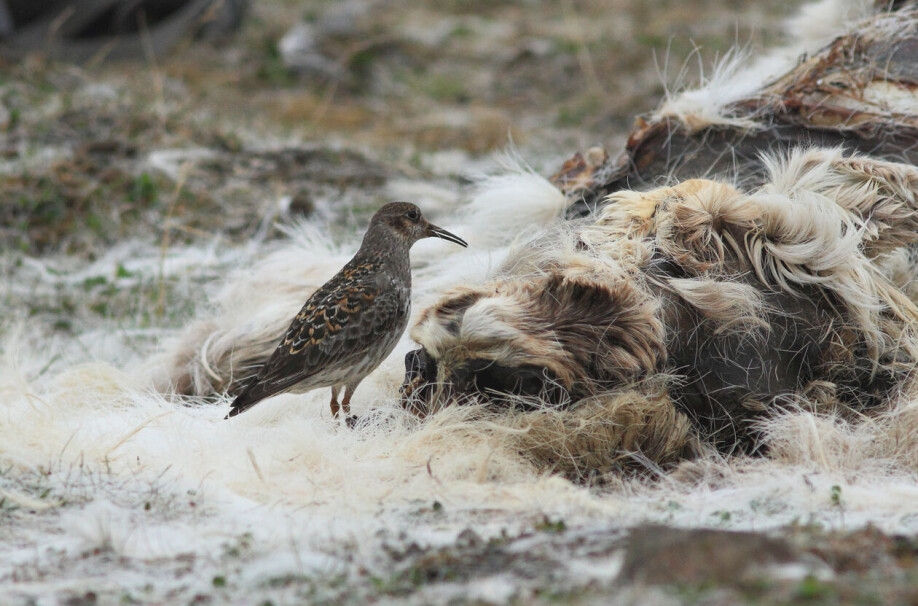
New Life and Great Biodiversity
Østnes explains that they primarily look at the effects of carcasses on the whole ecosystem. So far, they have mainly looked at vegetation response, where their fieldwork has focused on mapping all the carcass locations they have.
“In addition to traditional vegetation analyses, we have used drones over each carcass to capture light spectrums that we can’t see with the naked eye, and which can help explain the carcass responses. We have also taken soil samples to study the soil chemistry and not least the soil biology in the form of microorganisms.”
“What does a location in the tundra look like that has a carcass on it?”
“We see that all the vegetation dies directly beneath where the carcass lies and covers the ground.
We also see a pronounced response in the vegetation surrounding the carcass, especially where the terrain slopes away from the carcass. There, the nutrients from the carcass often produce a tremendous vegetation response.” “We also see that different types of species can start to grow next to the carcass compared to what has grown there previously. In the Arctic tundra, we still don’t know whether this increase in biodiversity is the result of a natural seed bank in the soil, or whether scavengers deposit the seeds through their excrement.
Therefore, one would think that researchers bristle at the thought of removing carcasses from nature. But it is not that simple. Østnes says that it is more nuanced and there are two ways of looking at it.
“A carcass that dies freely in nature should be left alone. On the other hand, many areas have very large moose populations due to the absence of natural predators. During the hunting season, many moose will be shot and their entrails are left at the kill site. There has been a discussion about whether one should leave the entrails in nature or whether one should remove and dispose of them.”
“This discussion has arisen because some people are of the opinion that leaving the entrails behind could cause the build-up of unnaturally large populations of red foxes and other scavengers or large predators. This may come into conflict with commercial and outdoor interests. From an ecosystem perspective, there will in any case be a lot of carcass remains in areas with a lot of natural predators.”
“Therefore, one could argue that the imbalance in the ecosystem is man-made because human beings have taken on the role of an apex predator,” Steyaert says.
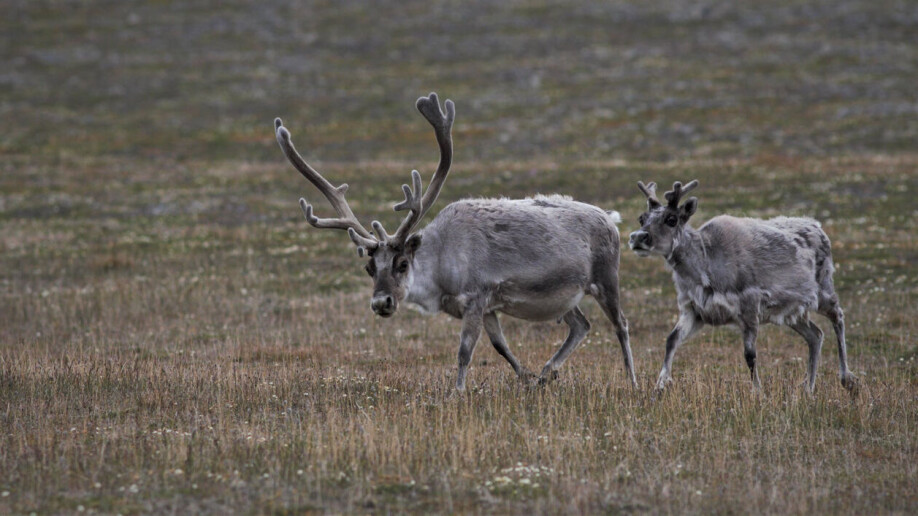
Reference:
Phoebe Weston: 'Landscape of fear': what a mass of rotting reindeer carcasses taught scientissts. Article in the newspaper The Guardian, 2020.
———
Read the Norwegian version of this article at forskning.no
See more content from Nord University:
-
Kateryna's university has been bombed three times – but she's still teaching
-
5 things you didn't know about smart cities in the Arctic
-
AI sparked an idea that could improve road safety in Norway
-
These algae have been adapting for hundreds of millions of years
-
Could traces of bacteria in water combat salmon disease?
-
Bladderwrack in animal feed has the potential to reduce methane emissions






































